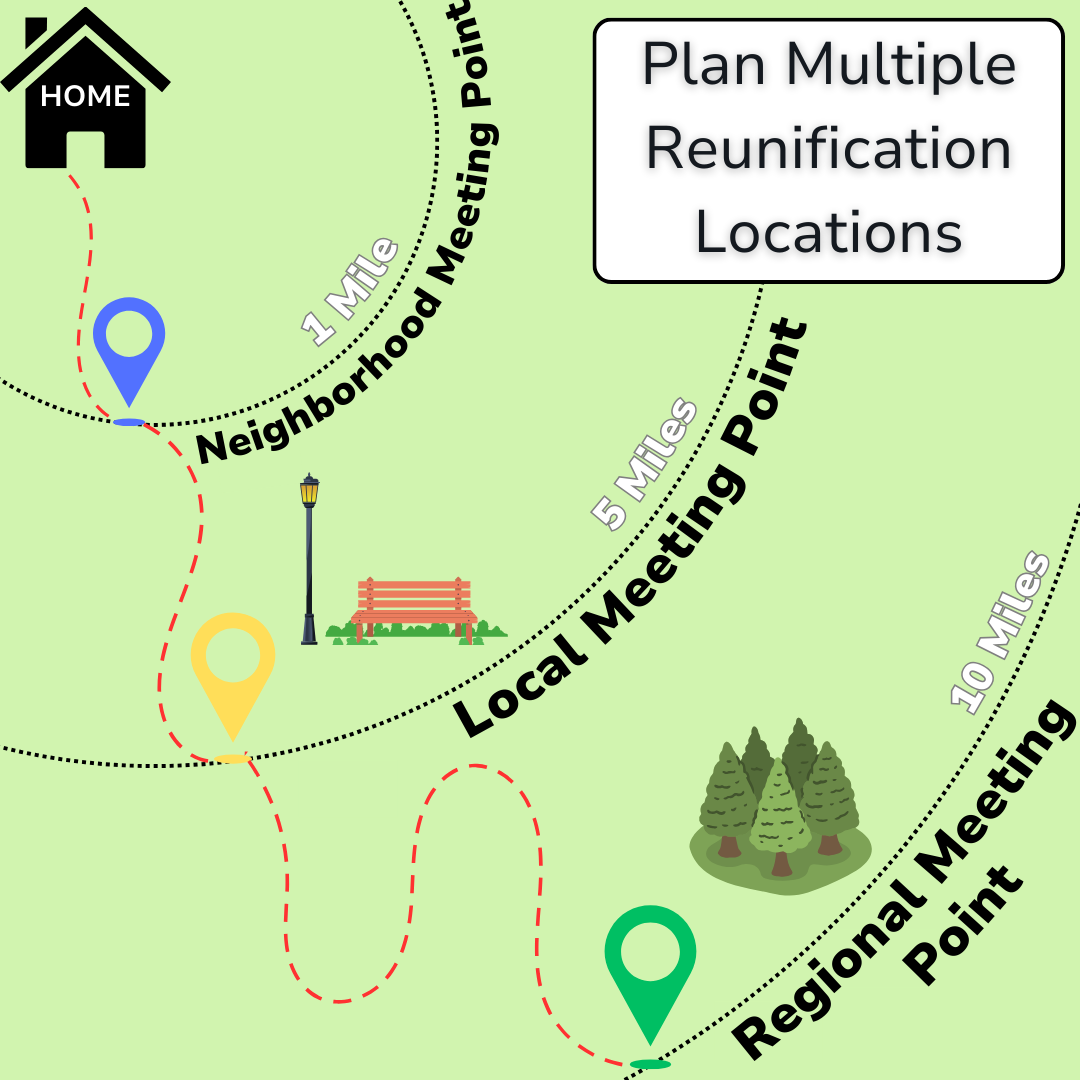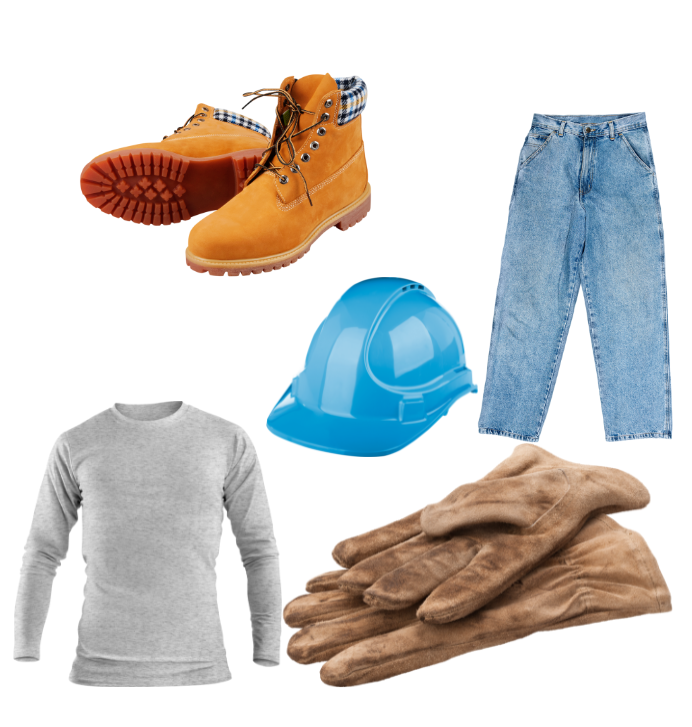The stress of an emergency reduces the ability to think clearly or recall basic information. So, with family members, take the time to collect and document important information.
Write down your ideas in a Family Emergency Plan (English Plan / Spanish Plan). Make multiple copies and take a copy to work. Keep a copy in the family emergency kit and in the glove box of your car.
Tips to consider when preparing a plan for possible emergency/disaster:
There are numerous things we can do to prepare for an emergency/disaster. Below is a list of a few things that many people may not think about doing when preparing.
We encourage you to review the information below and incorporate it in your emergency plan:
- Every family should Designate a:
- Family meeting spot
- Neighborhood meeting spot
- A non-residential meeting spot
- Every family should create a communication plan that will be used in the event an emergency happens.
- Every family member should have a paper copy of their medical contacts, insurance information, and personal information.
- Every family should create an "ICE" contact (In Case of Emergency Card) in their mobile phone that lists the important information regarding themselves and their health for first responders to check.
- Every family should make a Grab and Go Bag/Box for all household members (see emergency kit section for more information).
- Keep all important documents in an easily accessible area ready to grab and go when the time comes.
- Be mindful of the different disasters that we are susceptible to here in Livermore so you can always be prepared.
- Know your dietary, physical, medical, and/or resource limits to help you create a proper emergency plan.
- Learn how to go about your day-to-day activities as if you did not have electricity.
- Make an emergency plan and rehearse it.
- If you find that something needs to be changed - change it. Rehearse, repeat.
- Plan an emergency outfit that will protect you from harsh weather if you are ordered to leave your home abruptly.
- This outfit should include:
- All-weather proof boots or shoes

- Pants
- Long-sleeved shirt
- Jacket
- Hat
- Pair of gloves (leather if possible)
- Prepare your kids in the event a disaster does happen.
- Teach them the plan and rehearse it with them.
Sign up for Alerts and Notifications:
- Sign all family members up for:
- AC Alert, which sends emergency alerts by phone, text, and/or email throughout Alameda County. This is an opt-in system.
- PG&E to be notified about outages, notices, and service information by phone, text, and/or email. This is an opt-in system.
- Identify Emergency Contacts and Medical Needs.
- Identify important emergency contact information related to doctors, family members, and neighbors.
- Identify an “Out of State Contact”.
- Long distance lines will be more accessible after an emergency.
- Avoid calling local phone numbers. This person becomes a “bulletin board” for family members to leave messages.
- Be sure to tell the person their role as your “bulletin board."
- Know Your School Plan.
- Ask about and learn the school’s plan during emergencies.
- Be sure to identify an “authorized” person to pick up your children if you are not available.
- Let these people know you picked them as an authorized person.
- Identify Escape Routes and Reunification Sites.
- Draw out a floor plan of your home.
- Identify at least two means to escape each room in the house.
- Identify where utility shutoffs are located, and where supplies are located.
- Specify a spot to gather outside the home.
- Identify How to Evacuate and What to Take With You.
- Identify at least two routes to leave your home toward a major road.
- Be certain about what you would take if you had 5 minutes versus 60 minutes.
